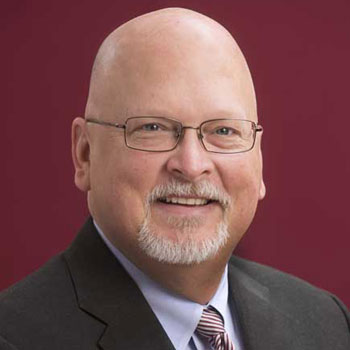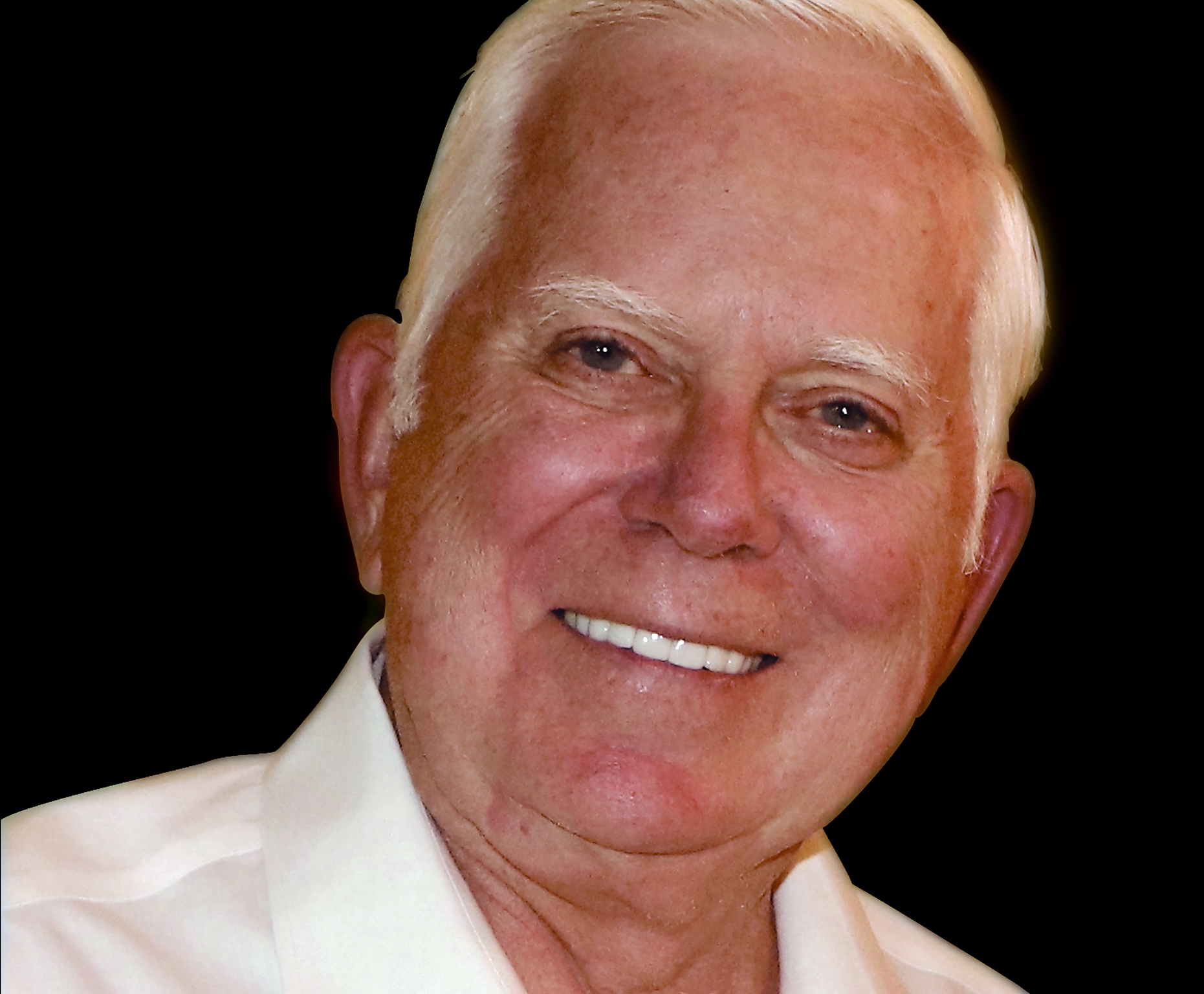By W. Laird Hamberlin, SCI CEO
I had the privilege in November to attend the 19th Conference of the Parties of CITES, the Convention on Trade in Endangered Species of Wild Fauna and Flora.
Boy is that a mouthful! Basically, this is the group that determines international rules that include the shipments of big-game trophies. In other words, if you hunt a leopard in Africa, the importation of that trophy to your home country is governed, at least in part, by CITES.
SCI has been involved with CITES since before that treaty organization was even formed. In the early 1970s, while working as an international lawyer for the U.S. government, SCI staffer Rick Parsons helped develop the treaty that resulted in CITES being formed.
And, Andy Oldfield, SCI’s third President, represented the United States at the first CITES meeting, which was held in 1976 in Bern, Switzerland. No other organization on earth can list such an historic tie to CITES. SCI is a big-league operation and always has been.
At this most recent CITES meeting in Panama, SCI and SCI Foundation fielded 11 representatives, the largest and most prestigious delegation ever.
This augmented presentation, of course, is a numerical way for SCI/F to show support, but the fact is that it is so very much more than just that. It is a new beginning, so to speak, in that at this CITES meeting, SCI helped lead the charge in efforts to help make the treaty organization more relevant to the current and future world.
Granted, most folks don’t automatically associate hunters and our organizations as being on the cutting edge of cultural advancements, although it would be totally logical to do so, because hunters have a noble history of doing just that.
What I am talking about is IPLC, an acronym that likely will become familiar in the future, but which is little known now. It stands for Indigenous People and Local Communities.
For far too long, international decisions and actions have come as a result of input from what is often referred to as the Western World – Europe and North America for the most part.
From isolated offices in far-off lands, decisions that affect people in much of the world have been made without the input from those people who are most directly affected by both the decisions and the wildlife that is involved in those decisions.
For example, decisions about how African wildlife is managed and how the products of that wildlife are treated have been made in Europe and North America, all the while ignoring the indigenous people and local communities in Africa.
SCI/F will help change this inequitable situation by being a catalyst to help involve indigenous people and local communities wherever decisions about the wildlife in their areas is addressed.
This makes sense if you think about it. Hunters are the ones who go to these areas to hunt, and so we not only are well aware of the wildlife issues, but also deal directly with the people and communities there. Hence, hunters are leading the charge to correct inequities that have existed for generations.
This element of international advocacy involvement represents one of the six pillars upon which SCI’s and hunting’s future rest: Advocacy, Chapters, Event Services (Convention), Hunting, Membership and Conservation.
SCI/F will have a lot more to say in the near future about CITES and our presence there. Meanwhile, suffice it to say that we are on the cutting edge of world affairs.
So, let’s all talk about it at the upcoming SCI Convention in Nashville Feb. 22-25. I look forward to seeing all SCI members there.


